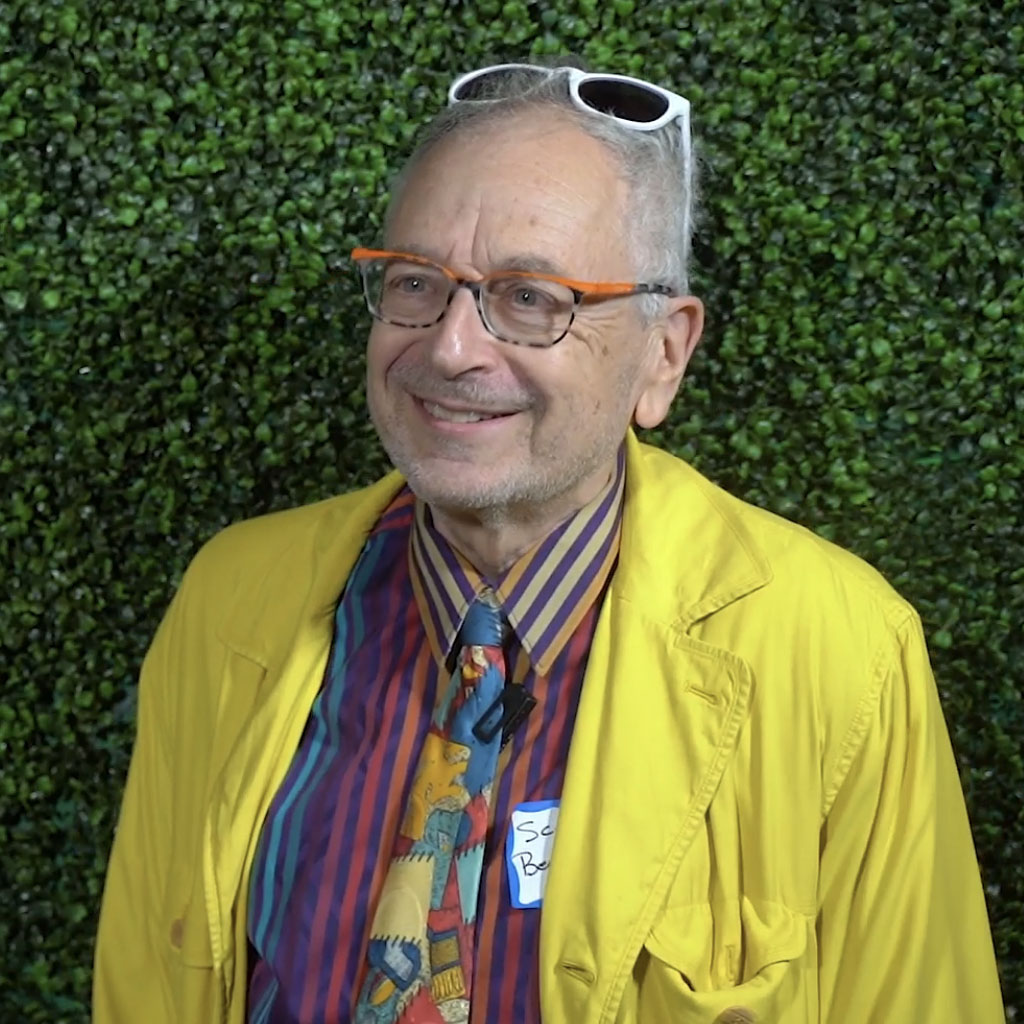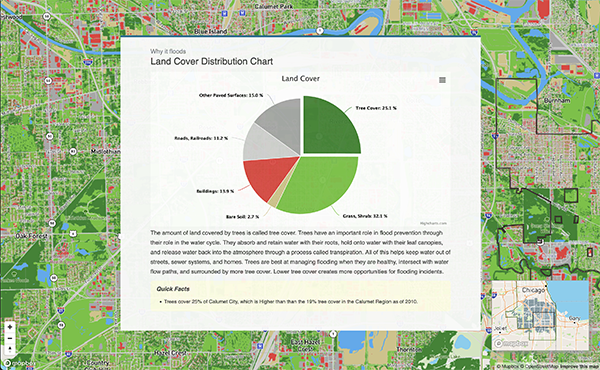Equitable transit-oriented development (eTOD) seems like a no-brainer for many Chicagoans. Housing and amenities near transit are, after all, community assets. Residents can get to work faster, with less stress, and they’re able to go about their daily business without having to bear the expenses of auto ownership. However, across Chicago, these benefits are not shared equally. Investment in TOD areas (and beyond, for that matter) is uneven. Some neighborhoods don’t have any new investment around transit hubs, while others are experiencing so much development that land prices and rents are rising and lower-income residents are being priced out.
We recently built a new eTOD social impact calculator, still in beta, to help identify neighborhood conditions where TOD would work best. It quantifies the costs and benefits of one site location versus another, which is essential for affordable housing and social service providers to expand affordable housing options by delivering value while overcoming site control and financing challenges. Our new tool builds on the TOD neighborhood typologies and best practices we’ve developed for the Chicago region.

On Thursday, May 19th, we previewed our tool at eTOD Laboratory, an event we co-hosted with Enterprise Community Partners. Over 100 residents and practitioners joined the conversation on equitable transit-oriented development (eTOD) and the ways TOD can be inclusive across Chicago. Developing near transit without causing displacement is an important issue in cities across the country, and we think bringing people together for events like eTOD Lab can lead to solutions that work for everyone.
At eTOD Lab, Lauren Nolan, from the University of Illinois at Chicago’s Voorhees Center for Neighborhood and Community Improvement, specifically addressed the disparity between gentrification and disinvestment. She used the Voorhees Center’s Gentrification Index and toolkit to identify the communities that are gentrifying while others experience decline. The toolkit also offers a set of policy interventions appropriate for each situation.

Of course, there are places across the country that are already getting it right. We discussed local affordable housing successes in TOD locations, like Wilson Yard, Casa Morales, and the Reserve, as well as lessons from across the country, from Seattle to New York City. They offer further inspiration for innovative ways to build affordable housing near transit. eTOD Lab attendees have called for continued dialogue on these issues, and we look forward to engaging with stakeholders across the region who share our vision of building equitably. Together, we can make sure the benefits of living near transit aren’t just reserved for the rich.





 Strengthening Transit Through Community Partnerships
Strengthening Transit Through Community Partnerships